Dongho Beach (동호해수욕장)
0m 14394 2024-04-07
Dongho-ri, Gochang-gun, Jeonbuk-do
+82-63-560-2646
Dongho Beach is located south of Gomsoman Bay, between the Byeonsan Peninsula of Buan and Gochang-gun, Jeollabuk-do. Skirting the 1-kilometer-long white sandy beach lies a green forest with pine trees hundreds of years old. The sunset viewed from the forest is particularly eye-catching as the soft pink from the falling sun covers the sky. The water just offshore is relatively shallow, varying in depth between 0.5 and 1.5 meters. The high salt content in the seawater makes it an ideal place for sea and sand bathing.
On the hill above the forest is Suseongdang, a shrine honoring the god of the seas, where the local fishermen gather each year to pray for big catches.
Mohang Beach (모항해수욕장)
7.5 Km 50572 2024-04-07
22, Mohang-gil, Buan-gun, Jeonbuk-do
+82-63-580-4413
Mohang Beach is situated in Byeonsan-myeon, Buan-gun, Jeollabuk-do. It is set against the beautiful mountains of Byeonsanbando National Park and the clear waters of the west coast. Unlike many beaches along the west coast, white sand can be found even at low tide and the beach is great for fishing.
Designated a tourist site in December of 2000, the area has been equipped with a family hotel, camping sites, and a seaside cafe. Nearby, there is a mud flat, a population of horned holly trees (Natural Monument No. 122), and a scenic drive.
Byeonsan Natural Recreation Forest (변산자연휴양림)
7.9 Km 22027 2024-04-07
3768 Byeonsan-ro, Byeonsan-myeon, Buan-gun, Jeonbuk-do
Byeonsan Natural Recreation Forest is a coastal natural recreation forest located within the Byeonsanbando National Park. Offering views of both mountains and sea, it boasts a distinctive charm and provides forest tour, experiential program, and accommodation facilities. Visitors can engage in simple crafts using pine cones and pine trees, as well as forest strolling programs such as walking through the pine forest. Nearby attractions include Chaeseokgang Cliff in Gyeokpo and Byeonsan Beach.
Gochang Dosoram Hermitage (도솔암(고창))
8.2 Km 22384 2024-04-07
294, Dosol-gil, Gochang-gun, Jeonbuk-do
+82-63-564-2861
Dosoram Hermitage, along with Seonunsa Temple, is thought to have been built during the Baekje era (18 BC-AD 660). The temple is managed by Seonunsa Temple on Dosolsan Mountain in Gochang-gun, Jeollabuk-do.
Gochang Seonunsa Temple (선운사 (고창))
8.7 Km 37410 2024-04-07
250, Seonunsa-ro, Gochang-gun, Jeonbuk-do
+82-63-561-1422
Seonunsa Temple is known to have been built in 577, the 24th year of King Wideok of the Baekje dynasty. It is the second head temple of Jogye Order in Jeollabuk-do. According to the temple's historical records, it was originally a very large temple with 89 hermitages and 3,000 monks. Today, only four hermitages remain: Dosoram, Chamdangam, Dongunam, and Seoksangam. In addition, the temple is home to 25 prestigious heritages, namely the Forest of Common Camellias, which is designated as ㅁ Natural Monument. A festival dedicated to this forest is held every April.
Dosolgyegok Valley (Seonunsan Mountain) (도솔계곡 (선운산))
8.7 Km 8803 2024-04-07
250, Seonunsa-ro, Gochang-gun, Jeonbuk-do
+82-63-560-8681
Dosolgyegok Valley is located in Seonunsan Mountain in the Gochang-gun district. Seonunsan Mountain, which is also called Dosolsan Mountain, is known for its thick forests and intriguing rock formations. Along the valley, there are many interesting sites such as Jinheungdonggul Cave, Yongmundonggul Cave, Nakjodae Overlook, and Cheonma peak. Dosolgyegok Valley is also famous for being very deep, where the mountain and water fight each other and whirl around in a yin & yang shape. The green forests in summer cover the valley beautifully, and the red leaves and white snow decorate the area in fall and winter.
Gohyang Sikdang (고향식당)
9.1 Km 14999 2024-04-18
20-3 Jungchon-gil, Asan-myeon, Gochang-gun, Jeonbuk-do
Gohyang Sikdang is a highly recommended restaurant in Gochang known for its grilled eel dishes. Their signature dish is the Pungcheon jangeo yangnyeom gui (Pungcheon grilled marinated eel) seasoned with a sauce made from over 30 kinds of fruits and medicinal herbs, grilled to perfection. Pungcheon eel from Seonunsan is famous for its rich and savory flavor. They also offer other menu items such as jangeo tang (spicy eel stew) and dolsot sanchae bibimbap (hot stone pot wild vegetable bibimbap).
Gusipo Haesu World (Gusipo Seawater World) (구시포 해수찜월드)
9.1 Km 9770 2024-04-07
540, Jinamgusipo-ro, Gochang-gun, Jeonbuk-do
+82-63-561-3324
The Gusipo Haesu World provides a diverse selection of jjimjilbang facilities.
There is a “Haesuyakjjim (Medicinal Seawater Bath)” full-body bath, where special healthy ingredients are added to heated seawater. This is believed to effectively treat neuralgia, arthritis, and obesity.
This process extracts unnecessary substances from the skin, creating a more beautiful radiance. There are also other enjoyable facilities such as the indoor sand bathing room and a green tea spa.
Seonunsan Mountain [National Geopark] (선운산 (전북 서해안 국가지질공원))
9.2 Km 27096 2024-04-07
158-6, Seonunsa-ro, Gochang-gun, Jeonbuk-do
+82-63-560-2699
Seonunsan Mountain is famous for its sunrise views at Nakjodae Overlook and Cheonmabong Peak. The mountain is mostly comprised of hard volcanic rocks, creating a landscape of sharp cliffs softened by the forest vegetation.
Midang Literary House (미당 서정주 시문학관)
11.3 Km 11066 2024-04-06
2-8, Jilmajae-ro, Gochang-gun, Jeonbuk-do
+82-63-560-2760
The Midang Literary House is a memorial center for the great poet Seo Jeong-Ju (penname ‘Midang’) built in Seonun-ri in Gochang-gun, Jeollabuk-do, where the poet was born and is buried. In the fall of 2001, a year after the poet’s death, the center opened on November 3rd on the anniversary of the Gwangju Student Movements (1929 and 1930), which took place while Midang attended Jungang High School. Located adjacent to the center are the poet’s birth house and grave.
Housed in a renovated branch of Seonun Elementary School, the Midang Literary House was structurally designed to convey the architectural concepts of 'eco-friendly' and 'learning.’
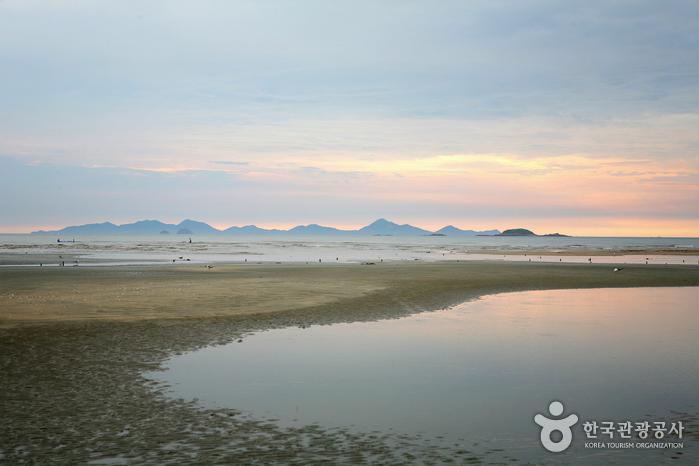
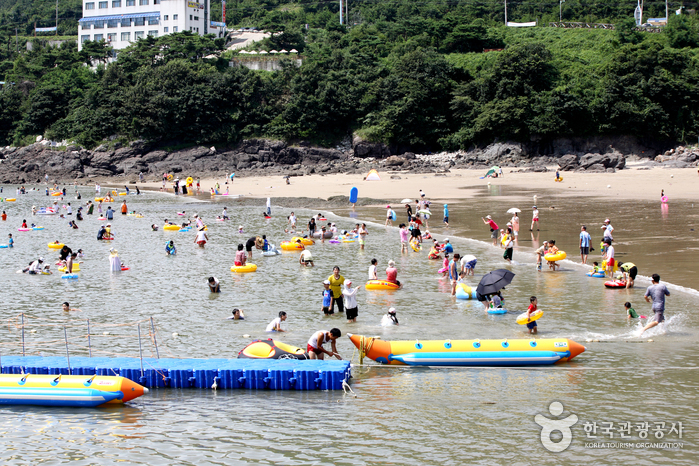
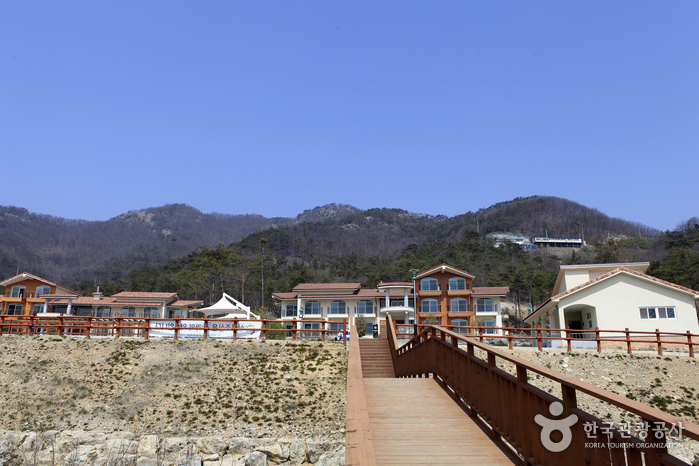
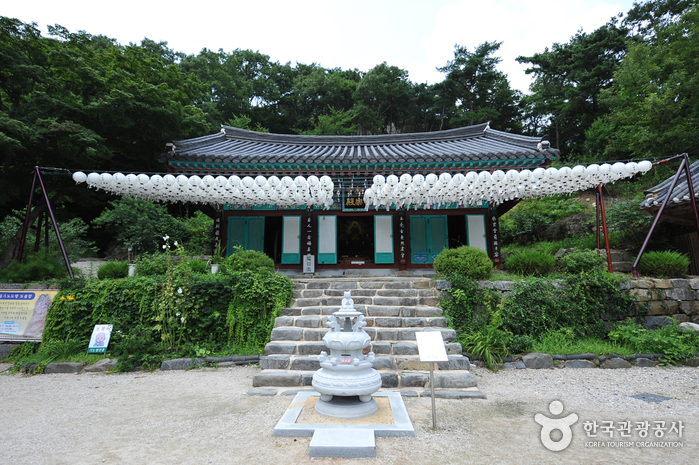
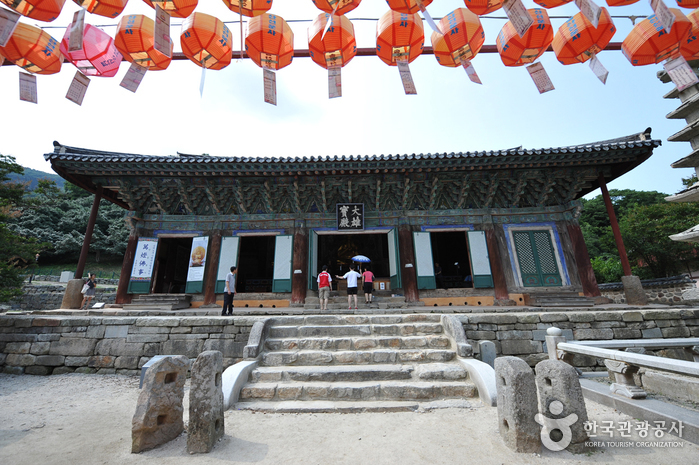

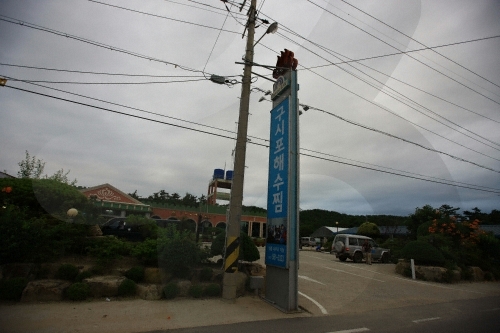
![Seonunsan Mountain [National Geopark] (선운산 (전북 서해안 국가지질공원))](http://tong.visitkorea.or.kr/cms/resource/64/2678864_image2_1.jpg)
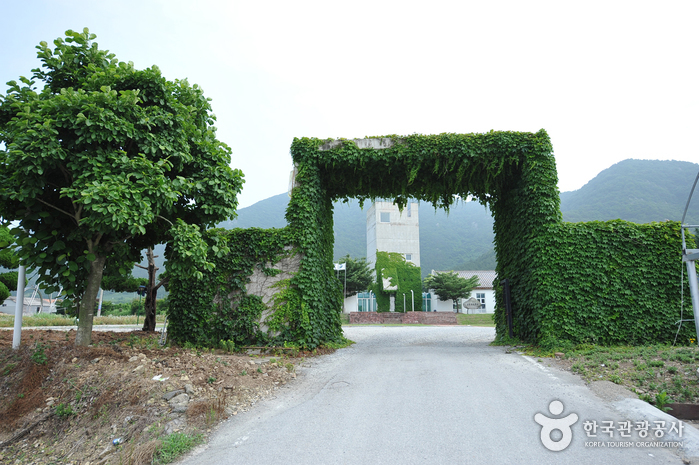
 English
English
 한국어
한국어 日本語
日本語 中文(简体)
中文(简体) Deutsch
Deutsch Français
Français Español
Español Русский
Русский